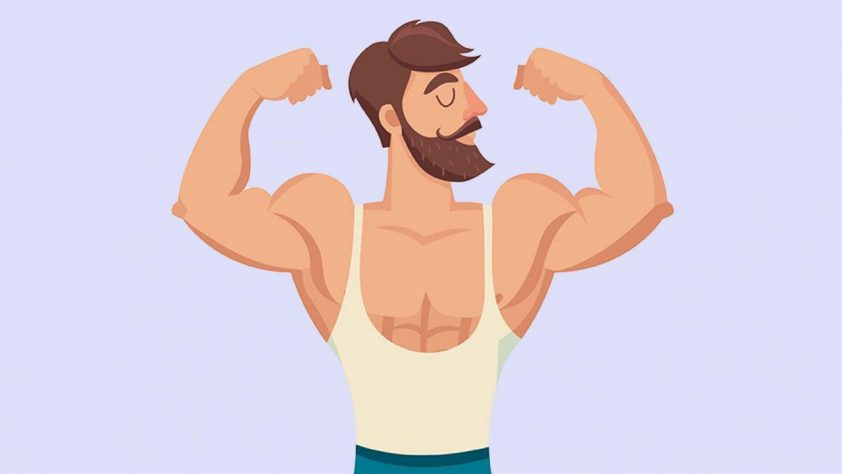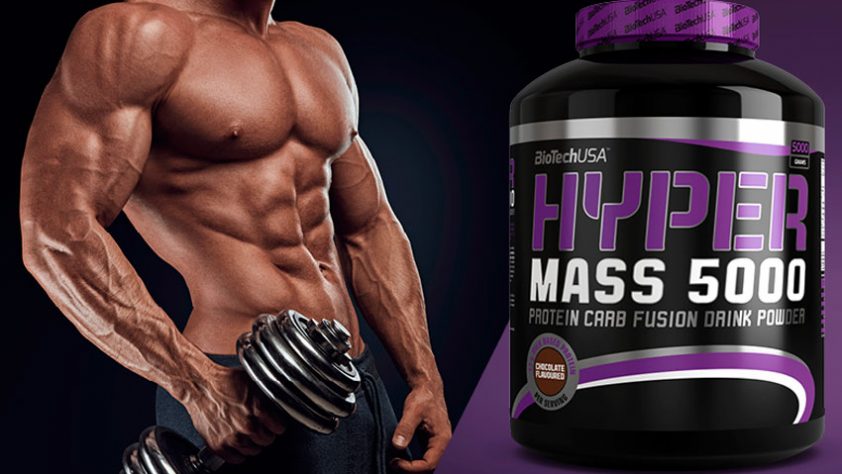The chair exercise is used not only in bodybuilding and fitness, but also in children’s gymnastics, martial arts and athletics. In the last two, by the way, this is a form of educational punishment for young athletes for skipping, being late or improper behavior in training. Well, modern realities, when you have to study without equipment in your own living room, have popularized this simple movement. How to make a chair right?
Exercise benefits and disadvantages

In addition to maintaining high discipline in groups of children and adolescents, the “highchair” also solves purely “fitness” problems. Imagine a person who cannot squat because their hip joints are not mobile enough. Actually, there is nothing special to imagine, it is enough to take any person who has worked in the office for the last 10 years, and has not done anything throughout this time. Such a client would be glad to squat in full amplitude, but corny cannot – his hip joints are not ready for such a turn of events. Therefore, it is worth noting that the “chair” is sometimes the only form of squatting that is available in a safe mode.
This exercise makes the muscles work in isometric mode. Contrary to popular belief, this regime has very limited potential to build strength. But it allows you to actively increase muscle tone. Therefore, it is often used in women’s fitness, especially if the goal is not to “pump up”, but simply to lose weight and reduce volumes.
The advantages of the highchair are:
- the movement does not stress the back and can be performed by those with problems with back muscle development, spinal injuries, posture, and axial loading. It is not contraindicated in most types of hernias and protrusions, and allows you to exercise safely and actively enough, even if the back condition is a contraindication for other types of training;
- the exercise does not require equipment. You can practice anywhere from your own living room to your hotel room. “Chair” will not make you sweat, jump and do everything that the average visitor of a fitness club hates;
- the movement involves the muscles of the core;
- there is an improvement in blood circulation in the pelvic organs;
- movement can become a form of general physical training even for those who have a complete contraindication to power loads;
- the exercise is suitable for most people, and will help develop endurance from zero to medium and even high levels;
can be used as an analogue of power load if the athlete has a high volume of other leg exercises and simply cannot perform classical power exercises.
The movement has its disadvantages:
- For those who want huge quads, prominent hamstrings and protruding buttocks, a simple “chair” is clearly not enough. This, by the way, also applies to ladies, who are only interested in the volume of the buttocks from all of the above. If you need to have large volumes, you should look for something like classic strength with a progression of weights, and refrain from limiting the load exclusively to static exercises;
- Those wishing to use the squatting technique should also give up the chair as early as possible. For them, this type of squat will rather ruin than correct the technique, and teach them to sit down, transferring part of the weight to their back, which rests on the wall;
- It is not recommended for those with arthritis and arthrosis of the knee joints, since the special form of squatting and static load create an overload of the anterior cruciate ligaments, which can be dangerous with a changed joint.
Who is the highchair for?
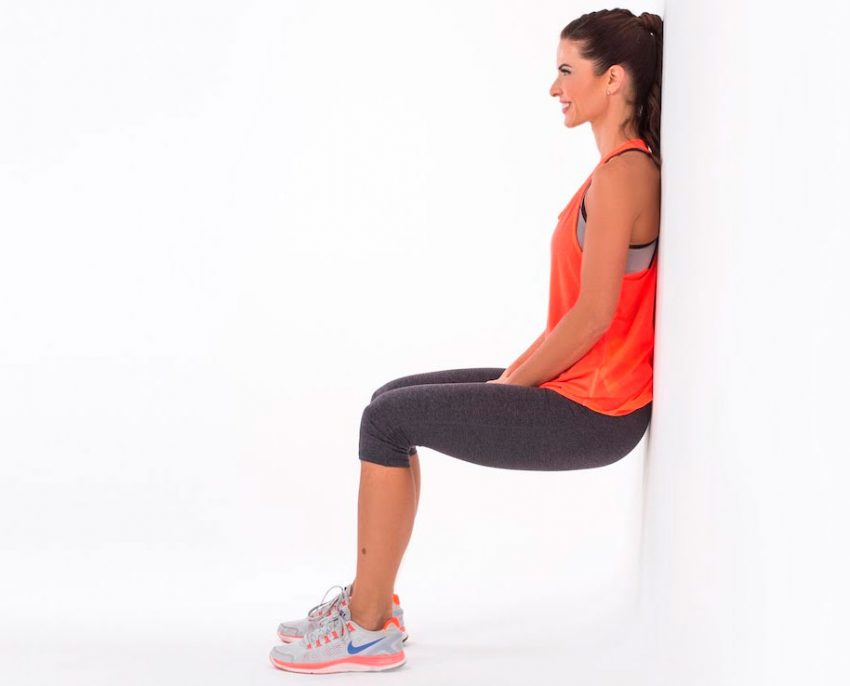
The exercise is not universal, but some categories of people can do it on an ongoing basis:
- middle distance runners. The “chair” will help them to tone the muscles of the legs without increasing;
- Fitnessists who lack variety in their workouts;
- Bodybuilders who are recovering from injuries and do not want to lose muscle tone;
- Hockey players and footballers, as OFP.
What muscles work
We emphasize once again that we are talking about isometric muscle training. In the exercise “chair” work:
- Biceps and quads of the thighs;
- the whole array of gluteal;
- calf and soleus.
How additional muscles of the press and delta work if you perform the exercise with your arms extended forward.
Execution technique
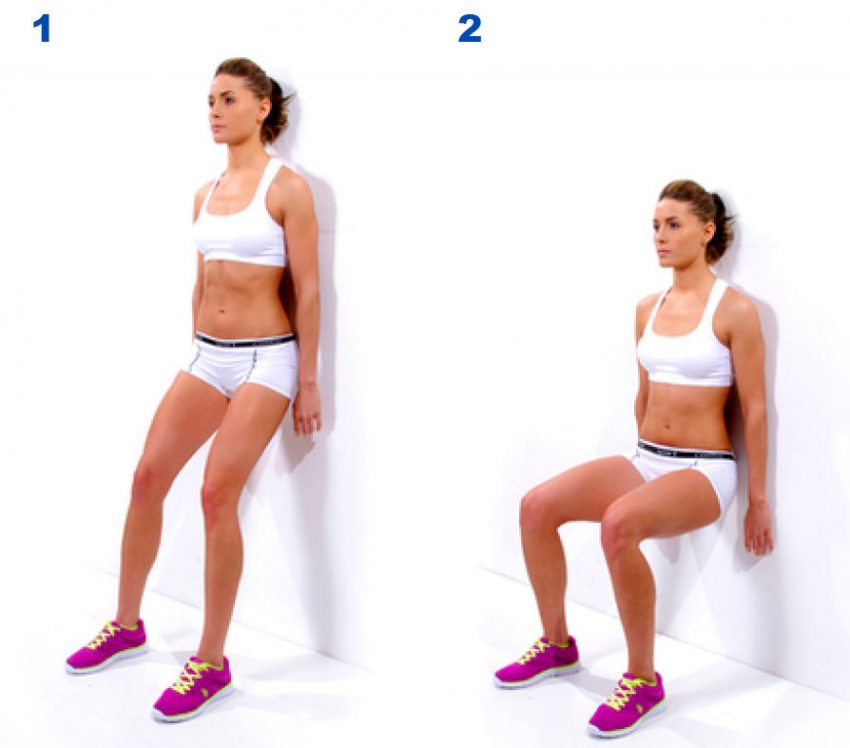
As with any strength exercise, technique is important here. The exercise is performed against a wall.
Technics:
- Stand with your back to the wall at a distance of hip length;
- Sit down so that the thigh is parallel to the floor or slightly lower;
- Lean your back against the wall, completely squeeze the shoulder blades and buttocks;
- Withstand static voltage;
- Knees can be pulled apart from pointed toes;
- If an exercise is performed to develop the quadriceps, parallel position of the feet and the direction of the knees forward are allowed.
Exercise options
There are a great many options for the “chair”. The goal of all variations is to add loads. Therefore, the classical technique is suitable for beginners, and everyone else can learn other options additionally.
Exercise chair with elastic band
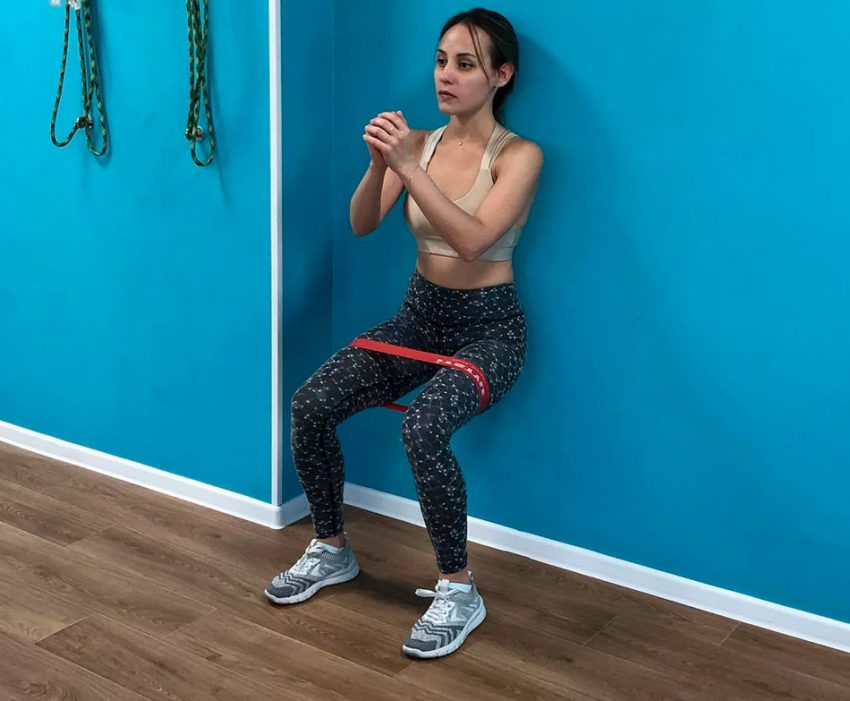
Stretching the elastic with our knees, we include the gluteal muscles in the work. This option is also suitable as a special preparatory exercise for those who fold their knees inward on a regular squat. The movement is performed with a round fitness elastic band, which is worn on the thighs just above the knees, or just below the knees, if so the person subjectively feels the load better.
Technics:
- The elastic is worn on the hips or just below the knee;
- A regular chair is performed;
- As soon as the athlete is in gray, the buttocks should be turned on, and the elastic band should be strongly stretched;
- Throughout the exercise, keep the rubber stretched, and the knees – as it were, open to the sides;
- Do not change the rubber tension throughout the approach.
Exercise chair with fitball
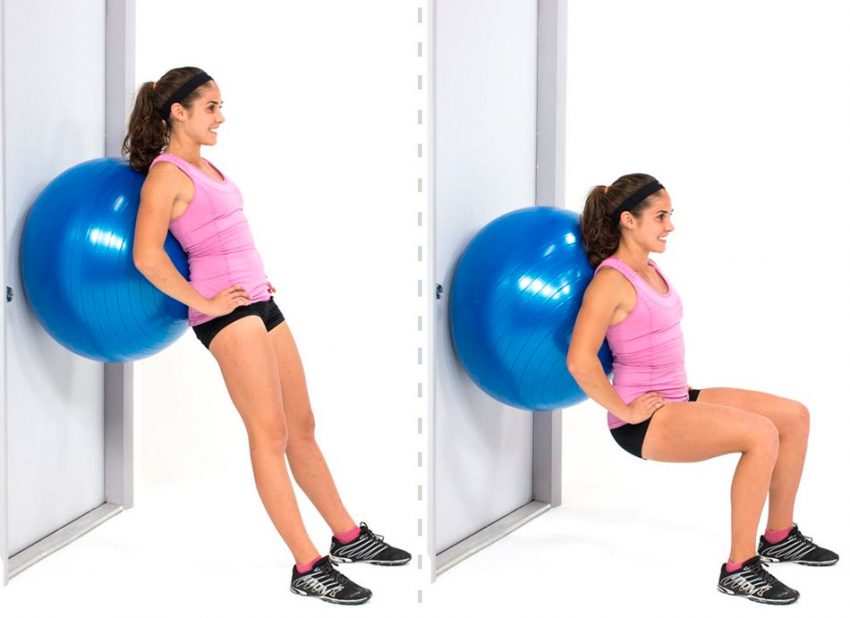
This is the only version of the chair that can be dynamically executed. It is sometimes also called the “Fitball Hack Squat”. This variation of movement is anatomically closer to normal sedation than all other variations with a wall. It is performed as a beginner’s first squat when eating mobility problems.
Technics:
- Take a fitball and support it against the wall and lower back;
- Perform a squat, watching the position of the feet. They should be under the hips, and the knees should be to the sides;
Fix the position of the squat, and stay in it for as long as you can; - For weights, you can pick up dumbbells;
- In this version, a combination of 10-12 dynamic repetitions and static seda is allowed.
High chair with a squeezed medicine ball between the legs
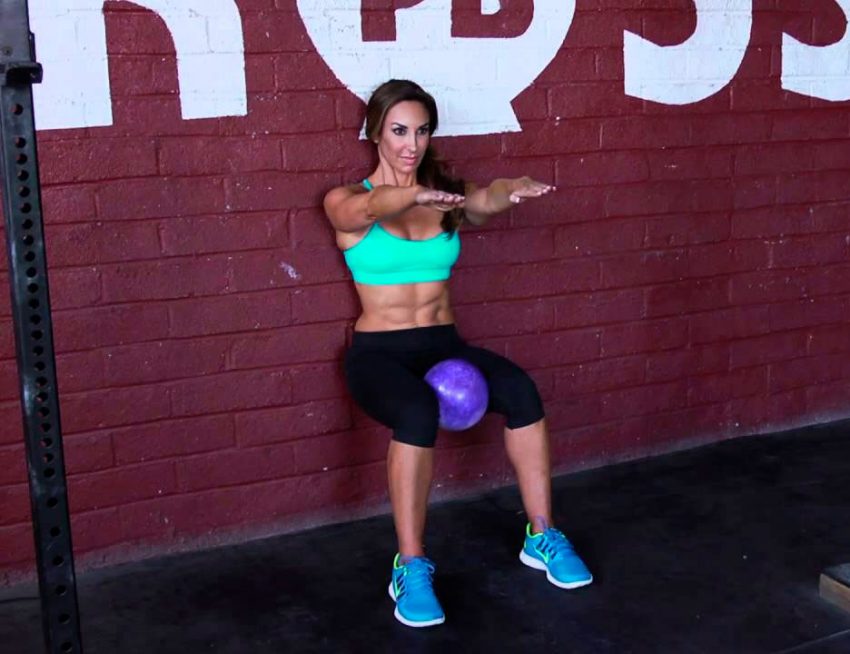
The variation allows you to include the adductors of the thigh, and partly the buttocks. Used in knee and hip rehabilitation
Technics:
- The medball is clamped between the knees at the very beginning of the exercise;
- Sitting, wall support and fixation are performed;
Throughout the approach, you should press on the medball with your knees; - Coming out of the pose, gently straighten


